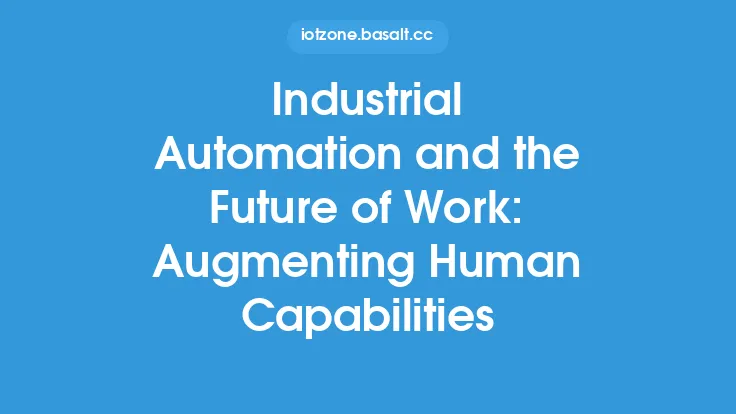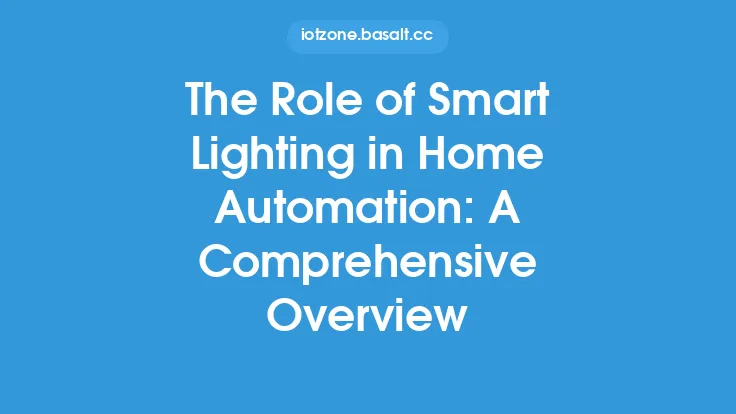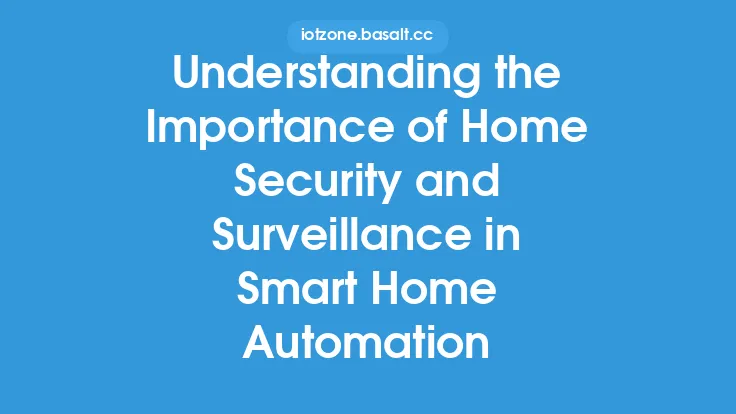The history of industrial automation dates back to the early 20th century, when the first automated systems were introduced in manufacturing plants. These early systems were primarily based on mechanical and electromechanical technologies, which allowed for the automation of simple tasks such as material handling and assembly. Over the years, industrial automation has undergone significant transformations, driven by advances in technology, changes in market demands, and the need for increased efficiency and productivity.
Introduction to Traditional Industrial Automation
Traditional industrial automation refers to the use of automated systems to perform specific tasks in a manufacturing environment. These systems were typically designed to operate in a fixed sequence, with little or no flexibility to adapt to changing conditions. Traditional industrial automation relied heavily on programmable logic controllers (PLCs), which were used to control and coordinate the actions of various machines and devices. PLCs were programmed using ladder logic, a graphical programming language that was well-suited for simple, sequential control tasks. While traditional industrial automation was effective in improving efficiency and reducing labor costs, it had several limitations, including inflexibility, high maintenance costs, and limited scalability.
The Emergence of Smart Factories
The concept of smart factories, also known as Industry 4.0, emerged in the early 2010s as a response to the limitations of traditional industrial automation. Smart factories are designed to be highly flexible, adaptable, and connected, with the ability to respond quickly to changing market demands and production requirements. The key technologies that enable smart factories include the Internet of Things (IoT), artificial intelligence (AI), robotics, and data analytics. These technologies allow for the creation of highly automated and interconnected systems, which can operate in real-time and make decisions based on data and analytics. Smart factories are characterized by their ability to self-organize, self-optimize, and self-heal, making them highly efficient and productive.
Key Technologies in Smart Factories
Several key technologies are driving the evolution of smart factories, including IoT, AI, robotics, and data analytics. IoT refers to the network of physical devices, vehicles, and other items that are embedded with sensors, software, and connectivity, allowing them to collect and exchange data. AI refers to the use of computer algorithms and machine learning techniques to analyze data and make decisions. Robotics refers to the use of robots and robotic systems to perform tasks such as assembly, material handling, and inspection. Data analytics refers to the use of statistical and mathematical techniques to analyze data and extract insights. These technologies are being used in a variety of applications, including predictive maintenance, quality control, and supply chain management.
The Role of Industrial IoT in Smart Factories
Industrial IoT (IIoT) plays a critical role in the development of smart factories, as it enables the connection of devices, machines, and systems, and allows for the collection and analysis of data. IIoT devices, such as sensors and actuators, are used to monitor and control equipment, as well as to collect data on production processes and product quality. This data is then analyzed using advanced analytics and AI algorithms, allowing for the identification of trends, patterns, and anomalies. IIoT also enables the integration of different systems and devices, allowing for the creation of highly automated and interconnected systems.
Cyber-Physical Systems in Smart Factories
Cyber-physical systems (CPS) are a key component of smart factories, as they enable the integration of physical and computational systems. CPS refers to the use of computer algorithms and machine learning techniques to control and coordinate physical systems, such as machines and devices. CPS are used in a variety of applications, including robotics, automation, and control systems. They allow for the creation of highly automated and adaptable systems, which can respond quickly to changing conditions and production requirements.
The Benefits of Smart Factories
Smart factories offer several benefits, including increased efficiency, productivity, and flexibility. They also enable the creation of highly customized products, as well as the ability to respond quickly to changing market demands. Smart factories also offer several economic benefits, including reduced labor costs, improved product quality, and increased competitiveness. Additionally, smart factories are more sustainable and environmentally friendly, as they reduce waste, energy consumption, and emissions.
Challenges and Limitations of Smart Factories
While smart factories offer several benefits, they also pose several challenges and limitations. One of the main challenges is the high upfront cost of investment, which can be a barrier for small and medium-sized enterprises. Additionally, smart factories require highly skilled workers, which can be a challenge in terms of training and recruitment. Cybersecurity is also a major concern, as smart factories are vulnerable to cyber-attacks and data breaches. Finally, there are also concerns about the impact of smart factories on employment, as they may displace certain jobs and require new skills and training.
Future Directions and Trends
The future of industrial automation is likely to be shaped by several trends and technologies, including the increasing use of AI, robotics, and data analytics. There will also be a greater emphasis on cybersecurity, as well as the development of new business models and revenue streams. Additionally, there will be a greater focus on sustainability and environmental responsibility, as well as the development of new technologies and innovations. The use of 5G networks, edge computing, and digital twins will also play a critical role in the development of smart factories, enabling faster data transfer, lower latency, and greater connectivity.
Conclusion
In conclusion, the evolution of industrial automation from traditional to smart factories has been a significant transformation, driven by advances in technology, changes in market demands, and the need for increased efficiency and productivity. Smart factories offer several benefits, including increased efficiency, productivity, and flexibility, as well as several economic benefits. However, they also pose several challenges and limitations, including high upfront costs, cybersecurity concerns, and the need for highly skilled workers. As the industry continues to evolve, it is likely that we will see the development of new technologies and innovations, as well as a greater emphasis on sustainability, environmental responsibility, and social responsibility.





